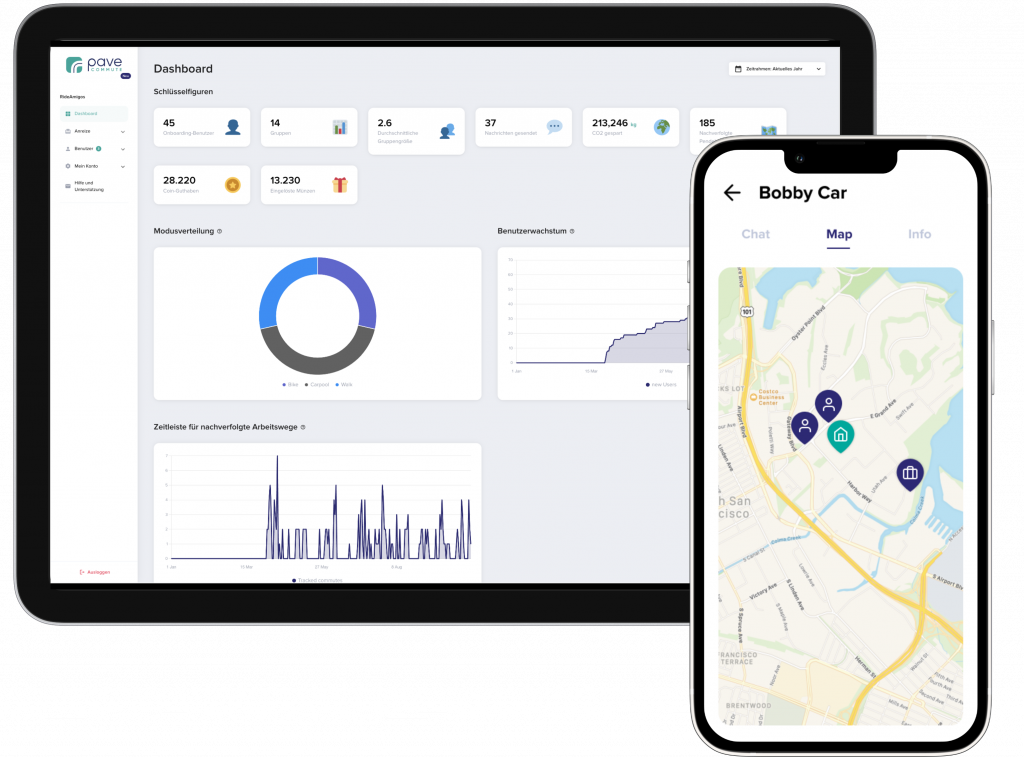Bike commuting in the winter can seem daunting, but with the right preparation, it can be an enjoyable and practical way to get around. Not only is it environmentally friendly and cost-effective, but biking in winter can also be a great way to maintain your fitness and mental well-being during the colder months. However, biking in the winter presents some unique challenges, including cold temperatures, icy roads, and shorter daylight hours. This guide will help you stay safe, warm, and comfortable while biking through winter.
1. Prepare Your Bike for Winter Riding
Before you even start thinking about your winter gear, make sure your bike is ready for the season. Proper maintenance is key to staying safe and ensuring your bike operates efficiently in the colder months.
- Tires: In winter, the right tires can make all the difference. Consider switching to wider tires (35mm or more) for better grip and stability on wet or icy roads. Some cyclists opt for studded tires, which provide extra traction on icy surfaces. If you’re not ready for studs, tires with more tread are a good alternative.
- Lubrication: Cold, wet conditions can cause your chain and gears to seize or wear out faster than in dry weather. Use a winter-specific lubricant that is designed to withstand low temperatures and keep moisture out. Clean your chain regularly and lubricate it as needed to avoid rust.
- Fenders: Install fenders (mudguards) to protect yourself and your bike from snow, slush, and road salt. These help prevent moisture from splashing up onto your bike and clothes, and they’ll keep you drier overall.
- Lights: With shorter days, good visibility is essential. Equip your bike with front and rear lights (preferably with flashing modes) to ensure you’re visible to other road users. Consider adding reflective tape or stickers to your frame for increased visibility.
- Brakes: Winter conditions can be slippery, so make sure your brakes are functioning well. Disc brakes perform better in wet conditions compared to rim brakes, but regardless of the type, ensure they are properly adjusted.
And remember, when in doubt, visit your local bike shop. A tool like this one offered by Pink Bike can help you find the shop that is closest to you.
2. Dress for the Cold
When biking in winter, layering is key to staying warm without overheating. The goal is to stay dry, warm, and comfortable, but also avoid getting too sweaty. Here’s how to layer up effectively:
- Base Layer: Start with a moisture-wicking base layer that keeps sweat off your skin. Avoid cotton, as it traps moisture and can make you feel colder. Instead, opt for materials like merino wool or synthetic fabrics (polyester, nylon). A moisture-wicking long-sleeve shirt or thermal undershirt will keep you dry.
- Mid-Layer: This layer provides insulation. Depending on the temperature, you can wear a fleece or wool sweater. For extra warmth, you might use a thermal vest or jacket. Make sure it’s breathable to prevent you from getting too hot.
- Outer Layer: Your outer layer should protect you from wind, rain, and snow. A waterproof and windproof jacket is ideal. Look for jackets with ventilation zips to allow air flow and prevent sweating. For pants, consider waterproof cycling-specific pants or an insulated pair of windproof pants.
- Head and Neck Protection: A good winter hat or balaclava will keep your head warm. Opt for a hat with ear protection or use ear warmers that can fit under your helmet. A neck gaiter or scarf can also help keep your neck warm and prevent frostbite.
- Hands and Feet: These areas are particularly prone to getting cold. Wear thermal, waterproof gloves that allow for flexibility while riding. Handlebar mitts (also known as pogies) are another excellent option for keeping your hands warm by blocking the wind. For feet, choose waterproof boots or shoe covers and thermal socks (wool is a great option). Consider toe covers or heated insoles if your feet tend to get cold quickly.
3. Adjust Your Riding Style
Winter riding requires some adjustments to your usual cycling routine. The colder weather, snow, and ice can make roads more challenging to navigate, so ride with extra caution and consideration.
- Ride Slower and More Cautiously: In winter, roads can be icy, slippery, and unpredictable. Avoid sudden movements or sharp turns, and reduce your speed, especially when cornering or descending. Make sure you allow extra time to brake.
- Keep a Safe Distance: Stay further back from other cyclists and vehicles. This gives you more time to react to hazards like ice patches, potholes, or other obstacles.
- Avoid Puddles and Snowbanks: These can hide ice patches, which can cause accidents. Stick to clear, well-travelled paths when possible.
- Pedal Smoothly: Try to maintain a smooth, consistent pedal stroke. Sudden or jerky movements can cause you to lose traction, especially on slippery roads.
- Use Lower Gears: To avoid spinning out on slippery surfaces, use a lower gear and keep your cadence steady. This will help maintain traction and avoid skidding.
4. Stay Visible and Safe
Visibility is a critical concern during winter months, especially with limited daylight and poor weather conditions. Here are some tips to make sure you stay visible to drivers and other cyclists:
- Lights and Reflective Gear: As mentioned earlier, use front and rear lights. A flashing tail light can greatly improve your visibility. Add reflective tape or patches to your bike, helmet, and clothing. Reflective vests or jackets can further increase your presence on the road.
- Daytime Riding: If possible, try to bike during daylight hours to take advantage of natural light. However, if you need to ride in the dark, make sure you’re using the appropriate lighting system.
- Wear Bright, High-Visibility Clothing: Bright colors, such as neon yellow or orange, make you more visible, especially in low-light conditions or against a snowy backdrop. Consider wearing reflective gear like vests, ankle bands, or armbands.
5. Be Prepared for Snow and Ice
Snow and ice are perhaps the most challenging part of winter bike commuting, but with the right strategy, you can still navigate them safely.
- Choose Your Route Wisely: If possible, stick to cleared and treated bike paths or roads. Avoid side streets where snow may not be plowed and ice may accumulate.
- Ice Cleats: If you’re worried about slipping while walking with your bike, consider attaching ice cleats to your shoes for better traction.
- Be Prepared for Delays: In extreme weather, some routes may be impassable. Keep an eye on weather reports and plan alternate routes. Always have a backup plan for getting home if conditions worsen during your ride.
6. Take Care of Yourself and Your Bike
Hydration: Winter air is often dry, which means you can get dehydrated without even realizing it. Make sure to drink water before, during, and after your ride. Avoid sugary drinks, as they can lead to energy crashes.
Post-Ride Care: After your ride, dry off and change out of your wet clothes as quickly as possible to prevent getting chilled. Wipe down your bike and check it for any snow or ice build-up, particularly around the brakes, wheels, and chain.
Conclusion
Winter bike commuting is not for the faint of heart, but with the right gear, mindset, and preparation, it can be a safe, fun, and rewarding experience. By taking extra care with your equipment, adjusting your riding style, and staying visible on the road, you’ll be able to conquer winter biking and enjoy the season with confidence. Keep warm, stay safe, and embrace the adventure of cycling through winter!
Sign up your team & try it today
Try Pave Commute with your team free for 30 days. No credit card required.










